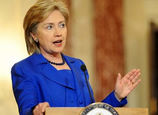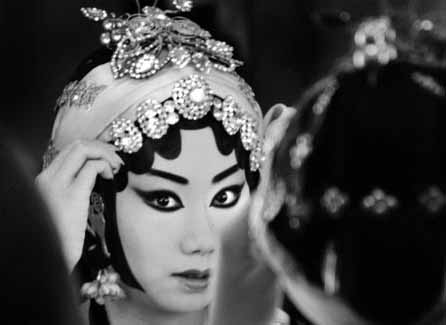
China will continue to maintain its share of the international market, let imports play a supporting role in the structural change within the country and achieve a balanced international account. It will stabilize the scale of foreign investment in China, while expanding investment overseas.
In adopting a prudent monetary policy, the government aims to expand the scale of social financing, increase loans, keep the exchange rate of the Chinese currency stable, and lower the financing costs in the real economy.
It will pay more attention to risks in the finance sector, making sure there is none in systematic and regional finance.
"This suggests that the government is not yet concerned about the rapid pace of growth," Tao Wang, economist with UBS, wrote in a report. "The statement on lowering financing costs could mean increasing corporate access to credit, including through the bond market and small financial institutions, and not necessarily cuts in official lending rates."
Tao expects next year's GDP growth target could be set at 7 percent or 7.5 percent, and to recover to 8 percent in 2014 on the back of higher infrastructure spending and a property recovery.
The conference also promised to deepen economic reform. It plans to "enhance systematic reform, and push the next step of reform with bigger political courage and wisdom", the statement says.
It is to carry out the reform measures that have been published, and put in place new measures to resolve current prominent conflicts.
This shows that the government has recognized the need for coordinated reforms and significant breakthroughs in certain areas after years of a gradualist approach, and 2013 will be the year of gathering ideas and forming consensus for big reforms to come, says Wang of UBS.
















 People in Hainan enjoy warm weather
People in Hainan enjoy warm weather


![]()
